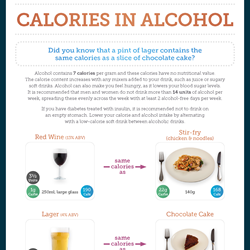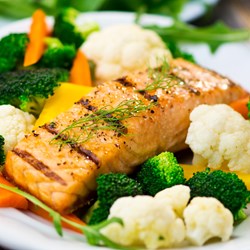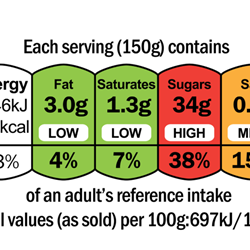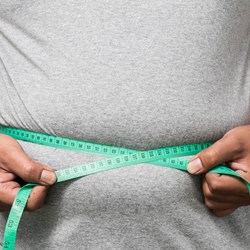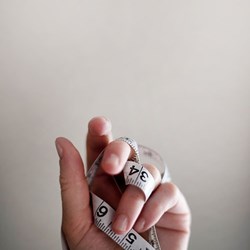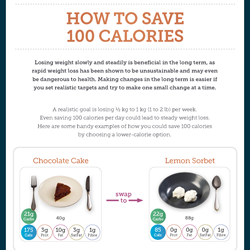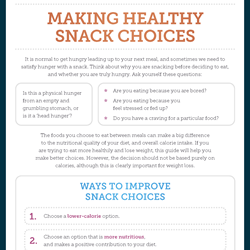Healthy Eating
Healthy eating is about choosing a variety of foods that give your body the nutrients it needs to work well and feel good. It’s not about strict rules, cutting out entire food groups, or aiming for perfection. Instead, it’s about balance, variety, and enjoying food as part of a healthy lifestyle.
A healthy diet includes a mix of different food types, in the right amounts, to support your body’s needs. That means eating plenty of fruit and vegetables, choosing wholegrains where you can, including some protein (like beans, pulses, fish, eggs or lean meat), and choosing healthy fats in small amounts. It also means being mindful of how much sugar, salt, and saturated fat you're having.
Healthy eating looks a bit different for everyone, depending on age, activity level, health conditions, and cultural or personal preferences. But in general, it’s about making choices that help you feel energised, support your mental and physical health, and reduce your risk of illness in the long term.
It’s also important to enjoy your food. Eating well isn’t just about what’s on your plate – it’s about how you eat too. Taking time to eat, noticing when you’re hungry or full, and sharing meals with others when you can all contribute to a positive relationship with food.
In this section, you’ll find practical advice to help you build balanced meals, understand food labels, plan your shopping, and make healthier choices that suit your lifestyle.
Advanced Search
Resource type -
Language -
Type of diabetes -
This page covers what a unit of alcohol is, sensible drinking limits, and the risks to your health of drinking more than the recommended amounts.
Find out the calorie content of different drinks
This page contains useful tips on how to maintain a healthy balanced diet.
This page describes two ways used to calculate if you are a healthy weight: BMI and waist circumference. These are used to work out if you are underweight, a healthy weight or overweight and any potential impact your weight has on your health.
This page discusses food labels found on packaging, and how you can use these labels to make healthy food choices.
Shaming yourself or others to go on a diet, stop snacking or cut back on food causes more harm than good. Often called “diet shaming”, find ways to stop doing this.
Don’t feel guilty if your plan to lose weight went off track. A lapse or relapse is all part of a weight loss journey. This page gives tips on how to get back on track.
This page gives advice on how to get started if you want to lose weight.
This leaflet shows ways to improve snack choices
This page explains what mindful eating is, the benefits of it and how it can help with weight management.
This article looks at how portion control can support healthy eating and offers simple, practical ways to get started.

